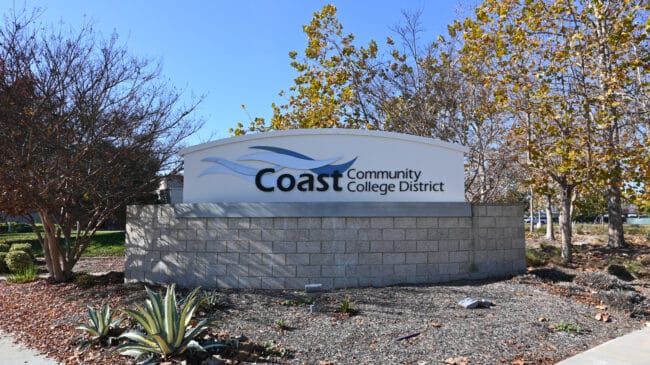Summary
California Proposition 2 allows the state to issue $10 billion in general obligation bonds for the construction, improvement, and repair of educational facilities statewide. The measure would allocate up to $8.5 billion for California’s K-12 school buildings and up to $1.5 billion for the state’s community colleges.
Fiscal Impact
According to the Senate Appropriations Committee analysis:
The bill’s authorization of $14 billion in general obligation bonds for school construction projects could result in General Fund costs in the tens of billions of dollars to repay, with annual costs in the high hundreds of millions of dollars each year. This estimate assumes an interest rate of 3.75 to 5.0 percent and a 30-year maturity.
Proponents’ Arguments
California school districts have historically relied on state school bond measures like Prop. 2 to fund important capital projects and building repairs. However, the last successful state school bond initiative was in 2016. That money has since dried up, and a new state bond initiative is overdue. School districts need more funds to keep school buildings in adequate and safe condition, and they are relying on this initiative because they have already approved about $3.5 billion in facilities projects.
Without the successful adoption of Prop. 2 in November, the already-approved capital projects and others will need to be delayed or covered exclusively by school districts themselves. In that case, district residents would have to pay higher taxes for local bonds and school districts would potentially need to divert resources away from classrooms. Research also shows that students attending schools that are in good condition perform better on standardized tests and have better attendance rates. By passing Prop. 2, voters will ensure that schools have fair access to adequate resources to update aging school buildings and better serve their students.
Opponents’ Arguments
Local voters in California can and should shoulder the cost of capital construction and renovation in their school districts. This increases local accountability for school district spending and prevents the state from taking on debt and interest costs.
Also, Prop. 2 and past measures like it over-subsidize wealthy school districts that are more likely to pass local bonds and that are already spending more on K-12 schools than their peers. The public interest law firm Public Advocates is suing the state over the ballot language, claiming that the state should do much more to subsidize capital costs in lower-wealth districts and do much less for higher-wealth districts that can already afford it.
This initiative is just like past school bond initiatives—it concentrates benefits for some wealthy school districts, disperses costs across the state, and racks up state debt.
Discussion
Proponents of Prop. 2 have a difficult case to make. Nearly three-quarters of California’s school districts have declining enrollment, and over 1,400 schools have lost at least 20% of their students since the pandemic. Also, federal staffing and financial data expose some troubling long-run trends from 2002 to 2020. Despite no aggregate change in enrollment over that period, total staff in California public schools increased by 6.7%, and non-teaching staff increased by 26.3%. Moreover, inflation-adjusted revenues increased by 35.8%, and inflation-adjusted debt more than tripled.
To be sure, it’s likely true that California school buildings need repairs. But in an environment where many districts have already received large infusions of cash and need to make tough decisions regarding school closures, the state shouldn’t be subsidizing capital costs before districts right-size their operations.
It’s also true that the state funding structure in Prop. 2 will largely go to the wealthiest districts, which get between $4,000 and $5,000 per student more in state facilities funding according to a 2023 report from the University of California Berkeley. That’s because property-rich districts are more likely to pass bonds and take on bigger projects.
Even worse, the sliding-scale formula the state uses to determine what percentage of approved projects it will support makes little distinction between wealthy districts like Beverly Hills or Laguna Beach and property-poor districts like Lindsay or Parlier. Under Prop. 2, the state would still cover 60% of approved project costs for renovations and 50% for new construction in the wealthiest districts, and only five percentage points more for the poorest districts.
Voters are already accustomed to covering the bulk of local school bond measures in California, which are typically approved at a rate of 73%. Indeed, school districts in California already have $220 billion in debt and liabilities, which is over $40,000 per student. And most of it is bond debt. Instead of the state taking on debt to make it easier for local school districts to also take on debt, the state needs to adopt stricter standards for when capital projects—and school closures—are necessary.

